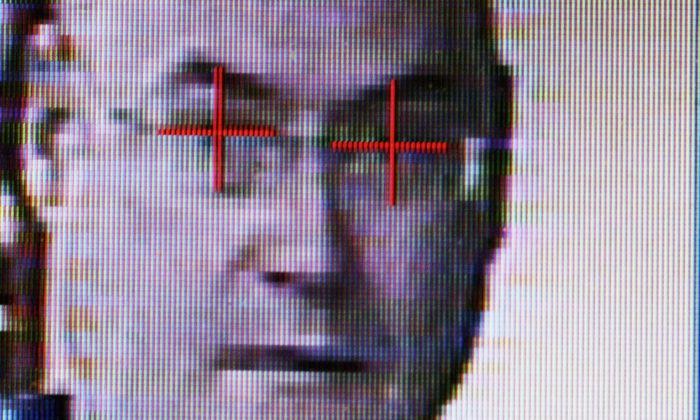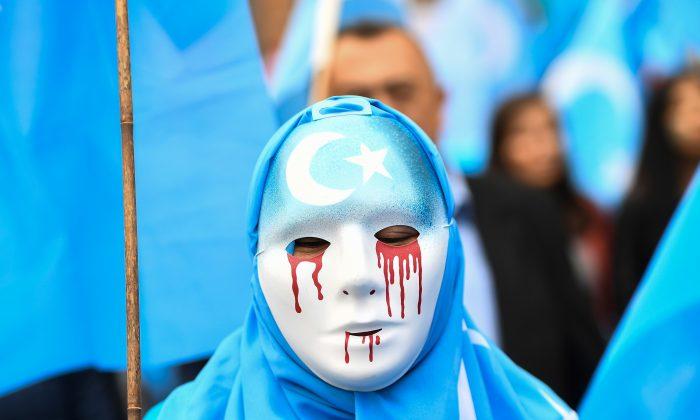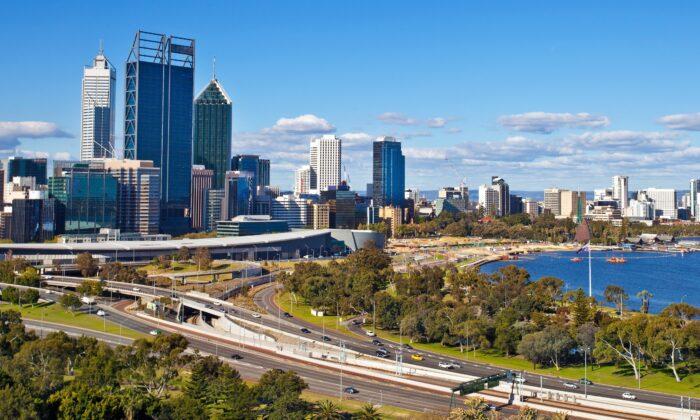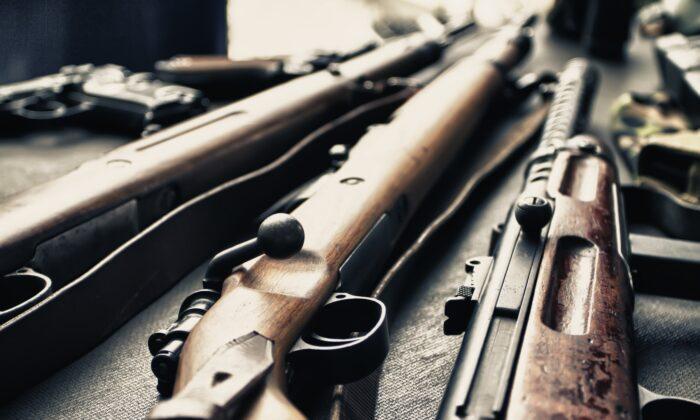The chief of the Royal Australian Air Force (RAAF) Air Marshal Mel Hupfeld has verified that Australia will establish an integrated space organisation in the next year.
The organisation will be staffed by Air Force, Army, and Navy personnel, and will thus most likely not form its own independent branch.
“It’s to allow us to establish an organisation to sustain, force-generate, operate space capabilities, and assign them to a joint operation command if needed,” Hupfeld said.
The world has witnessed an upsurge in military space programs, with China and Russia both launching their respective space forces in 2015 and the United States following suit with its own program in 2019.
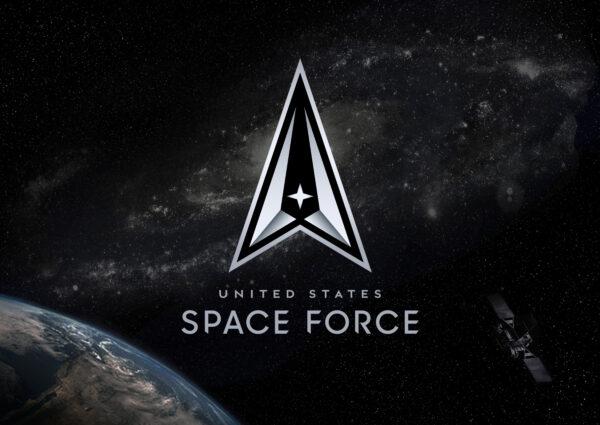
Hupfeld said that Australia would catch up quickly despite being four years behind its Western counterparts. However, he also pointed out that Australia will not use space as a medium for aggression.
“Space is a war-fighting domain, but we’re not going to militarise space,” he said.
“The PLA continues to strengthen its military space capabilities, despite its public stance against the militarization of space,” the report stated. “China also continues to develop counter space capabilities and related technologies, including kinetic-kill missiles, ground-based lasers, and orbiting space robots.”
China is also not alone in its weaponisation of space.
In December of 2020, Russia conducted a direct-ascent anti-satellite test (DA-ASAT), raising further concern about the growing militarisation of space.
The disruption of satellite systems poses a severe threat to infrastructure around the globe as it has the potential to affect not only civilian use of GPS and satellite communications but also military applications, varying from intelligence to unmanned drones.
Centennial Celebrations Pay Tribute to RAAF Members and Families
The news of Australia’s development of a sovereign space force comes as the RAAF marked its centenary on March 31 by living up to its motto: “Per Ardua, Ad Astra,” or “Through struggle, to the stars.”The celebration included a massive display of air dominance in the skies over Canberra, which included 60 aircraft, both old and new.
“In our first 100 years, in conflict, peacekeeping, search and rescue, disaster relief and humanitarian assistance, Air Force developed a reputation within our nation and among our global partners for courage, perseverance and overcoming adversity. We consistently deliver airpower well above the weight of an air force our size,” Hupfeld said.
“As we commence our second century, it is our duty to preserve our proud legacy and to maintain our enduring commitment to supporting Australia,” he said.
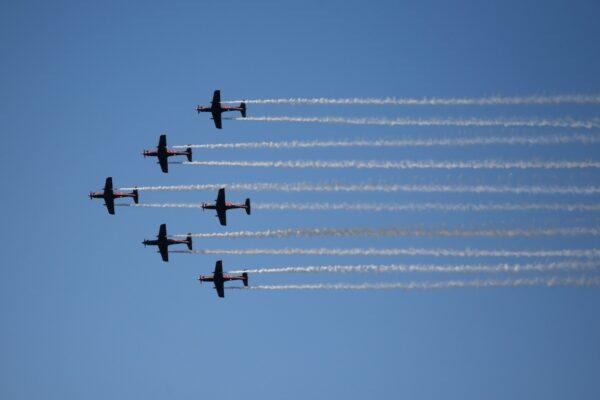
“As Defence Minister, I am incredibly proud of the work of the Royal Australian Air Force, and I want to recognise all of those support and ancillary functions, both on base across the Australian Defence Force, but also those in the community as well,” Dutton said.
He also recognised the families of serving and retired RAAF Officers, who he said “make an incredible sacrifice themselves for the time that their loved ones spend away from home, on training or on mission.”


